Home>Home Appliances>Home Automation Appliances>How Much Electricity Does Google Home Use?
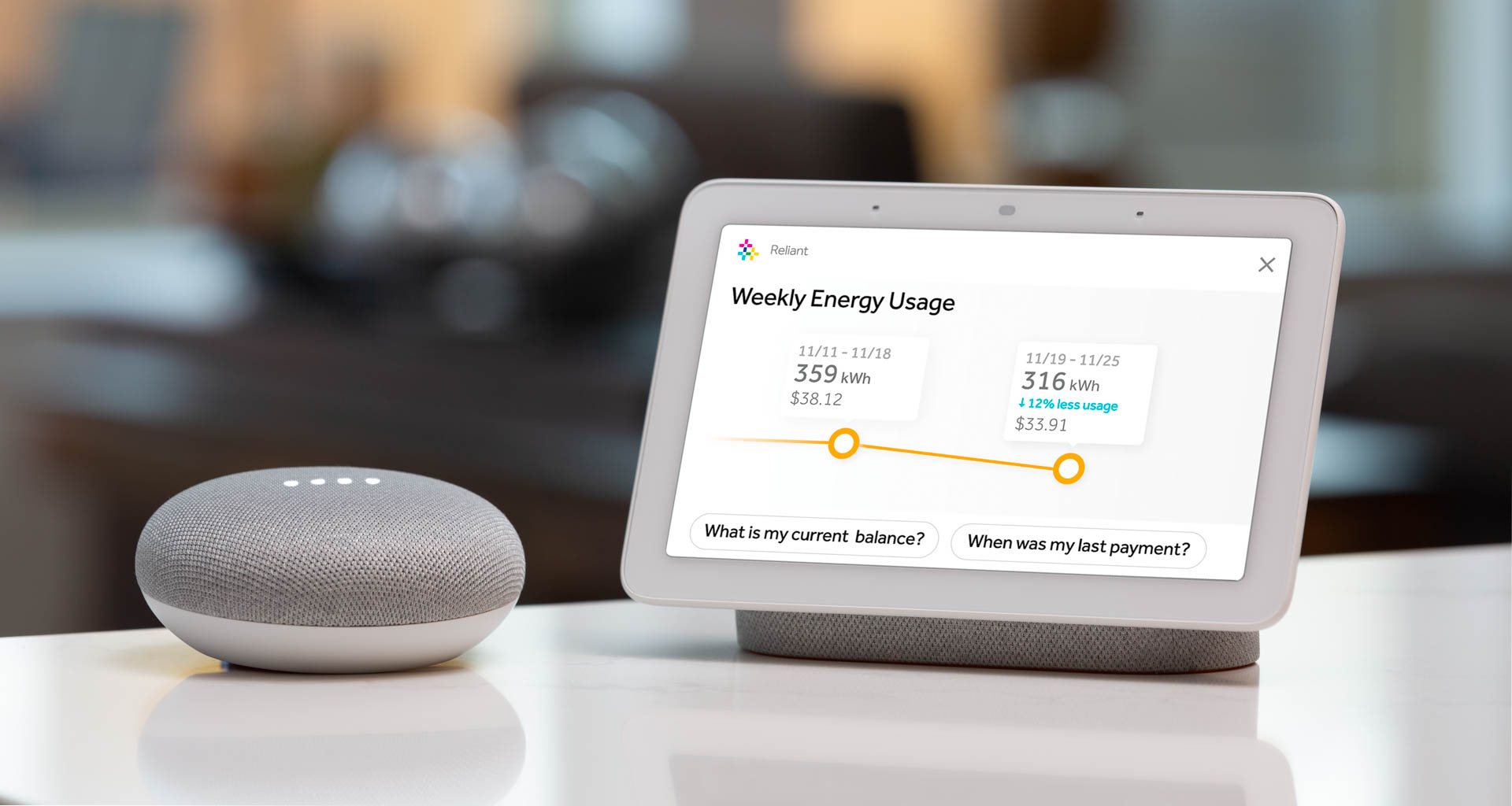

Home Automation Appliances
How Much Electricity Does Google Home Use?
Published: December 23, 2023
Discover the energy consumption of Google Home and other home automation appliances. Learn how to optimize electricity usage for a more sustainable smart home.
(Many of the links in this article redirect to a specific reviewed product. Your purchase of these products through affiliate links helps to generate commission for Storables.com, at no extra cost. Learn more)
**
Introduction
**
In the era of smart technology, Google Home has emerged as a popular choice for individuals seeking a seamless and efficient way to integrate smart home automation into their daily lives. This innovative device, powered by Google Assistant, offers a wide array of features, including voice-activated commands for controlling smart home devices, accessing information, and managing tasks. As the demand for smart home devices continues to grow, many individuals are curious about the electricity consumption of Google Home. Understanding the power usage of Google Home is crucial for optimizing energy efficiency and managing electricity costs effectively.
In this article, we will delve into the power consumption of Google Home, shedding light on the factors that influence its electricity usage. Additionally, we will explore practical tips for reducing Google Home's electricity consumption without compromising its functionality. By gaining insights into the energy dynamics of Google Home, users can make informed decisions to minimize their environmental footprint and maximize energy savings.
Let's embark on a journey to unravel the intricacies of Google Home's power consumption and discover actionable strategies for achieving energy-efficient smart home management.
**
Key Takeaways:
- Google Home is designed to be energy-efficient, consuming minimal electricity in standby mode and prioritizing eco-friendly design principles, aligning with sustainable technology standards.
- Users can reduce Google Home’s electricity usage by optimizing standby mode, limiting prolonged usage, managing connectivity, and embracing energy-conscious habits, contributing to significant energy savings.
Read more: How Much Bandwidth Does Google Home Use?
Understanding Google Home
**
Google Home represents a groundbreaking advancement in the realm of smart home technology, serving as a versatile and intuitive hub for controlling various interconnected devices. This voice-activated smart speaker is equipped with Google Assistant, an artificial intelligence-powered virtual assistant that responds to voice commands and performs a myriad of tasks. From playing music and providing weather updates to controlling compatible smart home appliances, Google Home seamlessly integrates into users’ daily routines, offering unparalleled convenience and accessibility.
At its core, Google Home is designed to streamline the management of smart home devices, allowing users to control lights, thermostats, security cameras, and other compatible appliances with simple voice commands. By leveraging its connectivity with a wide range of smart home products, Google Home empowers users to create a cohesive and interconnected home environment, where various devices can be orchestrated effortlessly through voice prompts.
Moreover, Google Home serves as a valuable source of information, offering instant access to a wealth of knowledge and services. Users can inquire about news updates, set reminders, check their schedules, and even receive step-by-step cooking instructions, all with the power of voice commands. This multifaceted functionality positions Google Home as a versatile and indispensable tool for enhancing productivity and simplifying daily tasks.
With its sleek design and intuitive interface, Google Home seamlessly blends into any living space, complementing the aesthetic appeal of modern homes while delivering unparalleled utility. As the cornerstone of a connected home ecosystem, Google Home embodies the seamless integration of smart technology into everyday life, offering a glimpse into the future of home automation and digital assistance.
**
Power Consumption of Google Home
**
Understanding the power consumption of Google Home is essential for optimizing energy usage and managing electricity costs effectively. Google Home is designed to operate efficiently, consuming minimal electricity while delivering a wide range of smart home management and virtual assistant capabilities. The power consumption of Google Home is influenced by various factors, including its operational modes, connectivity, and usage patterns.
When in standby mode, Google Home consumes a relatively low amount of power, akin to many other electronic devices in idle states. However, its power usage may vary when actively processing voice commands, streaming music, or performing tasks such as controlling smart home devices. The energy consumption during active usage is influenced by the intensity and duration of the device’s operational activities.
It’s important to note that the power consumption of Google Home is designed to be energy-efficient, aligning with contemporary standards for smart home devices. The device is engineered to prioritize minimal energy usage without compromising its functionality, ensuring that users can enjoy the benefits of smart home automation without incurring excessive electricity costs.
From an electrical perspective, Google Home is designed to operate within a power-efficient range, optimizing its energy consumption to deliver a seamless user experience. This emphasis on energy efficiency underscores Google’s commitment to sustainable technology and eco-friendly design principles, aligning with the growing emphasis on environmental responsibility in the realm of smart home innovation.
By gaining insights into the power consumption patterns of Google Home, users can make informed decisions regarding energy management and resource allocation within their smart home ecosystems. With a clear understanding of its electricity usage dynamics, users can implement strategies to enhance energy efficiency and minimize the environmental impact of their smart home setups.
**
Google Home uses an average of 1.5-3.5 watts when in use, and less than 1 watt in standby mode. To save electricity, consider using power-saving features and turning it off when not in use.
Factors Affecting Electricity Usage
**
The electricity usage of Google Home is influenced by several key factors that shape its power consumption dynamics. Understanding these factors is crucial for optimizing energy efficiency and managing the operational costs associated with smart home automation. By examining the variables that impact Google Home’s electricity usage, users can gain valuable insights into its energy dynamics and implement strategies to minimize power consumption effectively.
1. Operational Modes: Google Home operates in various modes, including standby, active listening, and task execution. The power consumption varies across these modes, with standby mode typically requiring minimal electricity, while active listening and task execution may lead to increased energy usage.
2. Usage Patterns: The frequency and duration of interactions with Google Home directly impact its electricity usage. Regular and prolonged usage, such as continuous music streaming or extended voice command sessions, can contribute to higher energy consumption.
3. Connectivity: Google Home's connectivity to Wi-Fi networks and smart home devices can influence its power consumption. Maintaining a stable connection and managing network-related activities can impact the device's electricity usage.
4. Firmware Updates: Periodic firmware updates and maintenance processes may temporarily increase Google Home's power consumption as it undergoes system upgrades and optimization procedures.
5. Ambient Conditions: Environmental factors, such as temperature and humidity, can indirectly affect the energy efficiency of Google Home. Extreme ambient conditions may impact the device's thermal management systems, potentially influencing its power consumption.
6. Third-Party Integrations: Integrating Google Home with third-party services and applications can introduce additional variables that affect its electricity usage. Interactions with external platforms and services may contribute to fluctuations in power consumption.
Understanding these factors empowers users to make informed decisions regarding the management of Google Home's electricity usage. By recognizing the variables that influence power consumption, users can implement practical strategies to optimize energy efficiency and minimize the environmental impact of smart home automation.
**
Tips for Reducing Google Home Electricity Usage
**
Efficient management of Google Home’s electricity usage is essential for minimizing energy consumption and optimizing the device’s environmental footprint. By implementing practical strategies and adopting energy-conscious habits, users can reduce Google Home’s electricity usage without compromising its functionality. Here are several tips for enhancing energy efficiency and curbing power consumption:
- Optimize Standby Mode: When not in use, consider optimizing Google Home’s standby mode to minimize its electricity usage. By configuring the device to enter low-power states during periods of inactivity, users can reduce unnecessary power consumption.
- Limit Prolonged Usage: Avoid prolonged and unnecessary usage of Google Home for activities such as continuous music streaming or extended voice command sessions. By limiting extensive usage, users can curtail the device’s overall energy consumption.
- Utilize Energy-Saving Features: Explore the energy-saving features and settings available for Google Home. Leveraging power management options and optimizing energy-efficient configurations can contribute to reduced electricity usage.
- Manage Connectivity: Ensure that Google Home’s connectivity to Wi-Fi networks and smart home devices is optimized to minimize power consumption. Stable and efficient network connections can enhance energy efficiency.
- Monitor Firmware Updates: Stay informed about firmware updates and maintenance activities for Google Home. By scheduling updates during off-peak hours and ensuring timely optimization, users can mitigate temporary spikes in power consumption.
- Opt for Eco-Friendly Integrations: When integrating third-party services and applications with Google Home, prioritize eco-friendly and energy-conscious platforms. Selecting energy-efficient integrations can contribute to overall electricity savings.
- Implement Smart Home Automation: Explore the use of smart home automation routines and schedules to streamline Google Home’s interactions with connected devices. By optimizing automation, users can minimize unnecessary energy usage.
- Leverage Voice Command Efficiency: Encourage efficient usage of voice commands with Google Home to streamline tasks and minimize unnecessary device activations. Optimizing voice interactions can contribute to energy savings.
- Explore Energy Monitoring Tools: Consider utilizing energy monitoring tools and smart home management platforms to track and analyze Google Home’s electricity usage. By gaining insights into energy patterns, users can identify opportunities for optimization.
- Embrace Energy-Conscious Habits: Foster energy-conscious habits and practices when utilizing Google Home, such as turning off the device when not in use and optimizing its operational schedules to align with energy-saving goals.
By incorporating these tips into their smart home management strategies, users can proactively reduce Google Home’s electricity usage while embracing sustainable and energy-efficient practices. Through a combination of mindful usage, optimization of settings, and leveraging smart home automation, users can achieve significant energy savings without compromising the seamless functionality of Google Home.
**
Conclusion
**
As the prevalence of smart home technology continues to expand, understanding the power consumption of devices such as Google Home is paramount for promoting energy efficiency and environmental sustainability. Google Home represents a pinnacle of innovation in smart home automation, offering a versatile platform for managing connected devices and accessing virtual assistance seamlessly. By gaining insights into the electricity usage of Google Home and implementing energy-conscious strategies, users can optimize their smart home ecosystems while minimizing energy consumption.
Throughout this exploration of Google Home’s power consumption, we have uncovered the multifaceted dynamics that influence its electricity usage. From operational modes and usage patterns to connectivity and firmware updates, various factors contribute to the device’s energy consumption. By recognizing these variables, users can make informed decisions to curtail unnecessary power usage and enhance energy efficiency.
Furthermore, the tips provided for reducing Google Home’s electricity usage offer actionable guidance for users seeking to embrace sustainable smart home management practices. By leveraging energy-saving features, optimizing connectivity, and fostering energy-conscious habits, users can achieve significant reductions in energy consumption without compromising the functionality and convenience of Google Home.
Ultimately, the journey to reduce Google Home’s electricity usage is a testament to the collective effort toward sustainable technology adoption and responsible energy management. By embracing energy-efficient practices and leveraging the capabilities of smart home automation, users can contribute to a greener and more sustainable future while enjoying the unparalleled convenience offered by Google Home.
As we navigate the evolving landscape of smart home innovation, the pursuit of energy efficiency and environmental stewardship remains integral to shaping a harmonious coexistence with technology. Through continued awareness, informed decision-making, and the application of energy-conscious strategies, users can harness the full potential of Google Home while minimizing its electricity usage and ecological impact.
Let us embark on this journey toward energy efficiency and sustainability, where the seamless integration of smart technology aligns harmoniously with our commitment to preserving the planet for generations to come.
Frequently Asked Questions about How Much Electricity Does Google Home Use?
Was this page helpful?
At Storables.com, we guarantee accurate and reliable information. Our content, validated by Expert Board Contributors, is crafted following stringent Editorial Policies. We're committed to providing you with well-researched, expert-backed insights for all your informational needs.

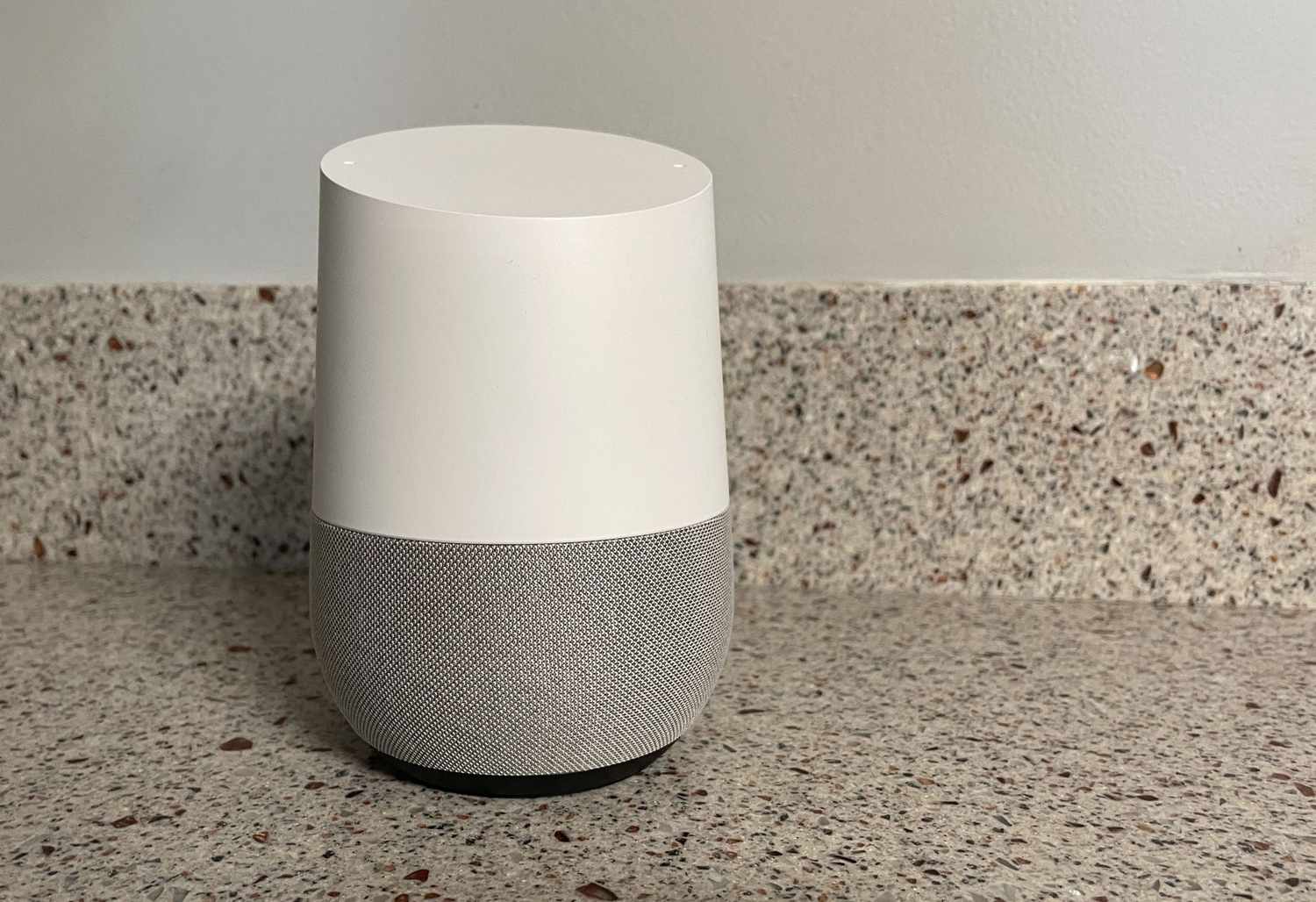


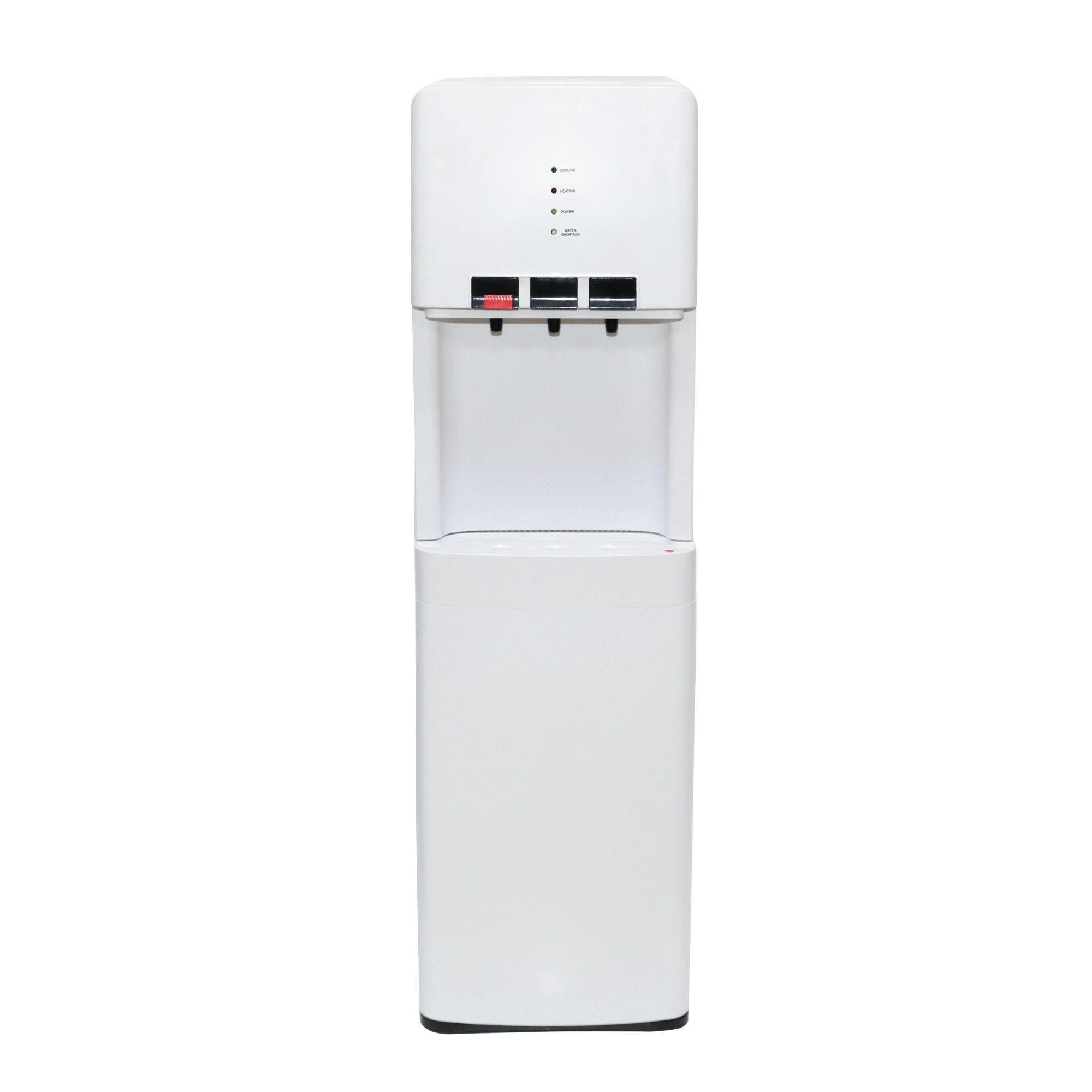

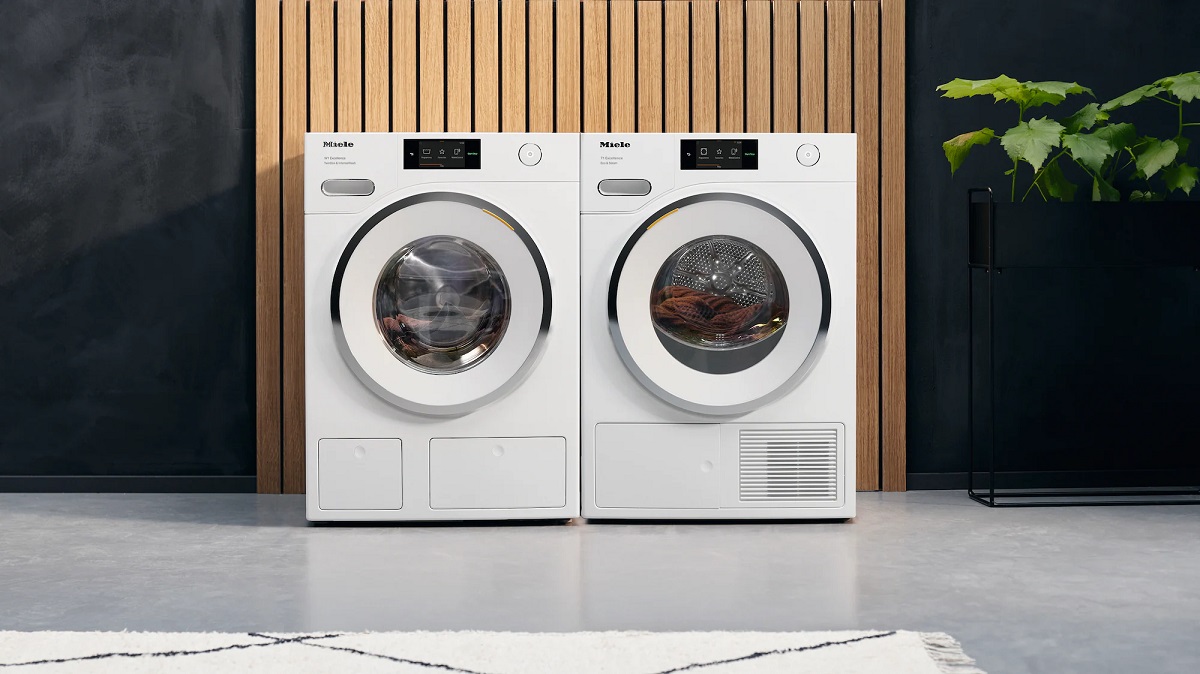
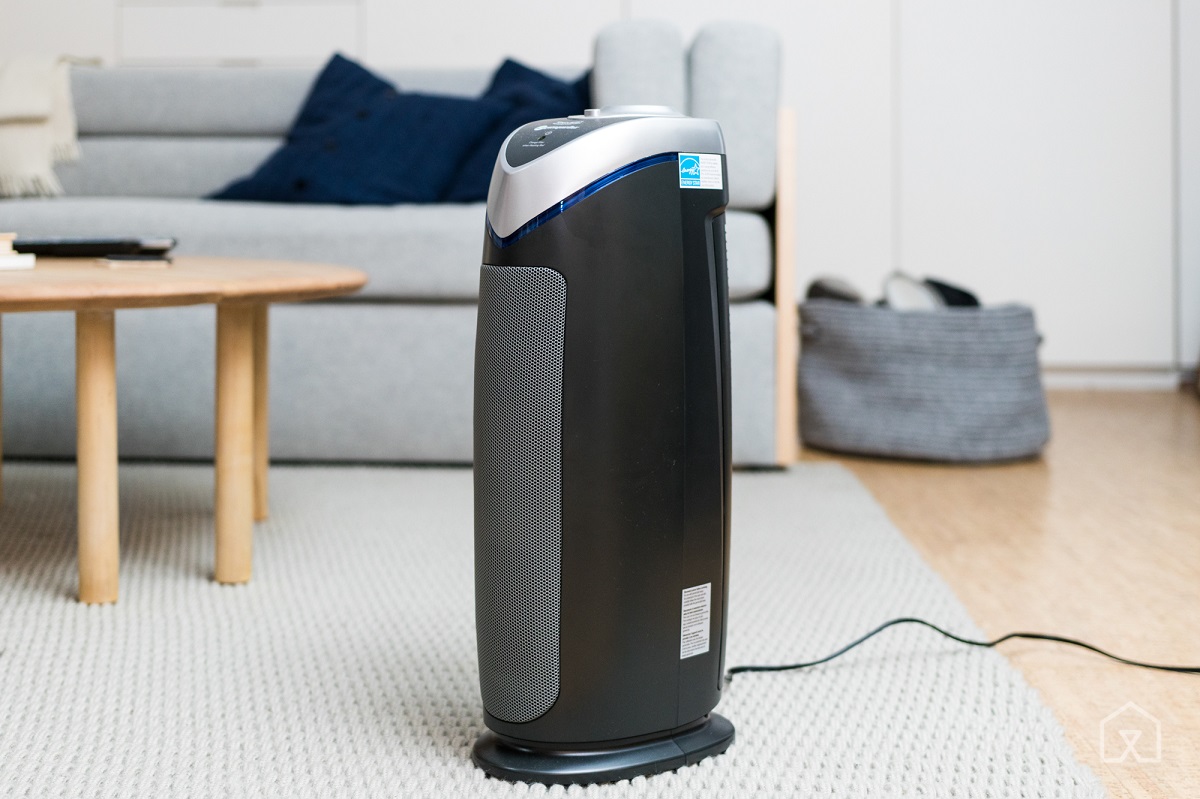

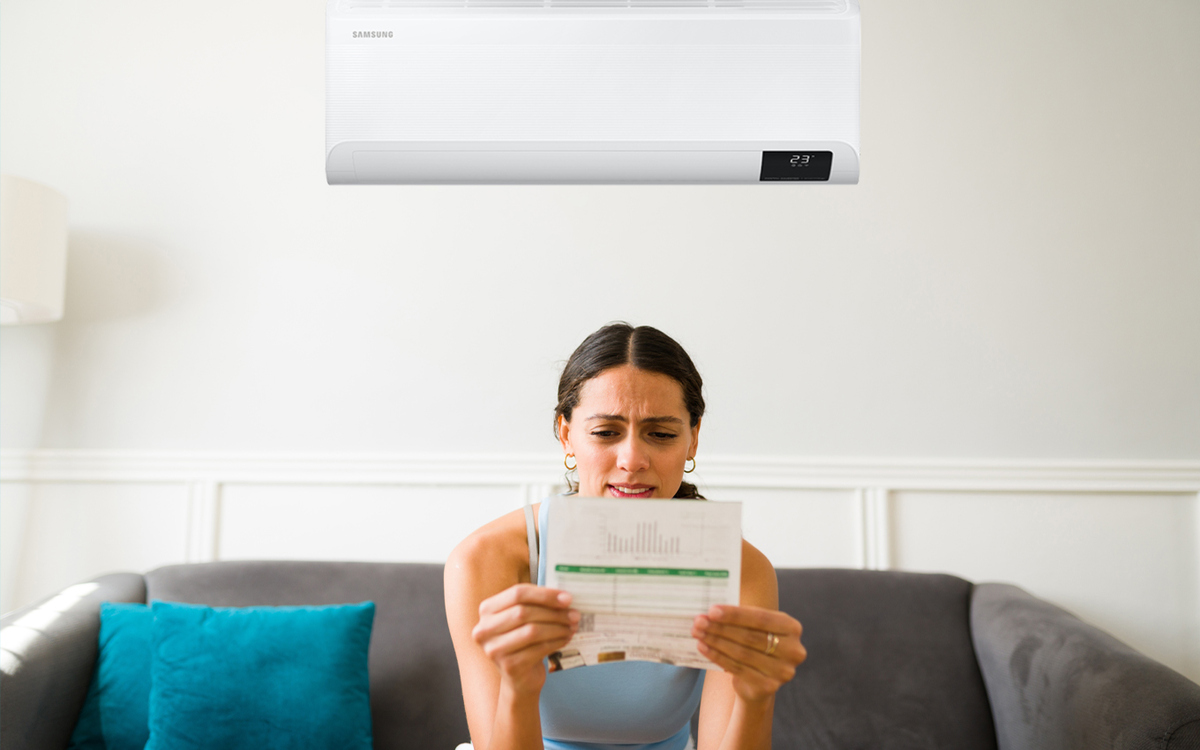


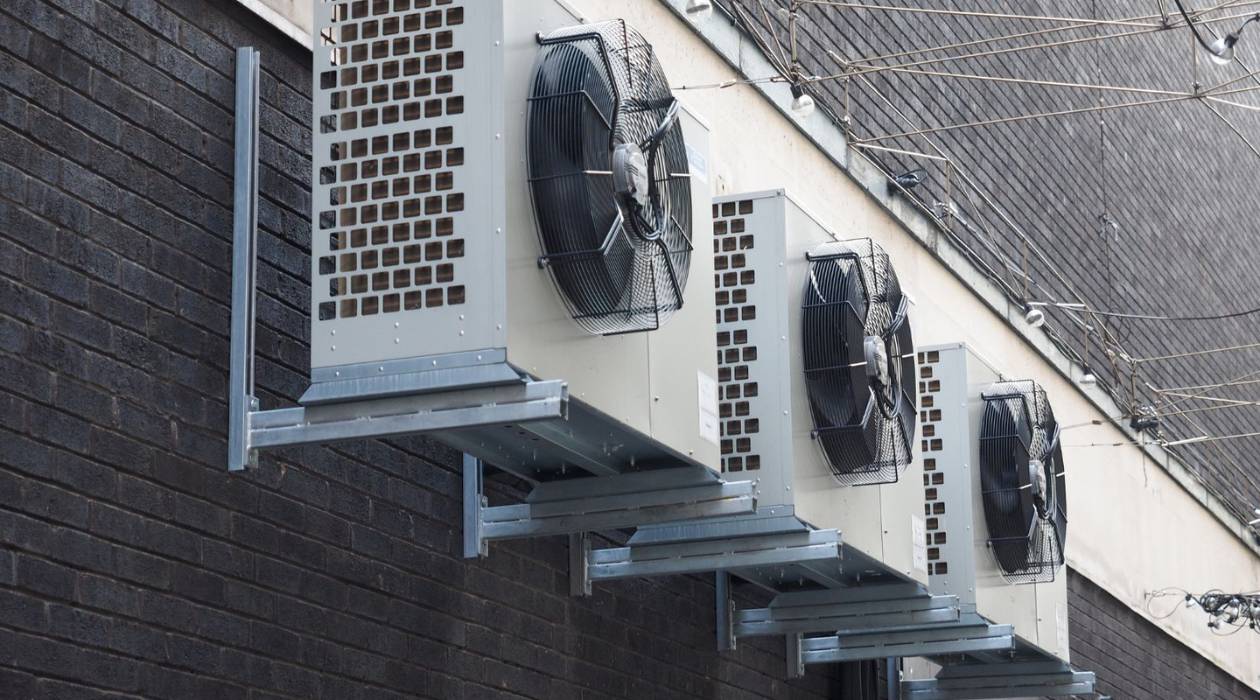
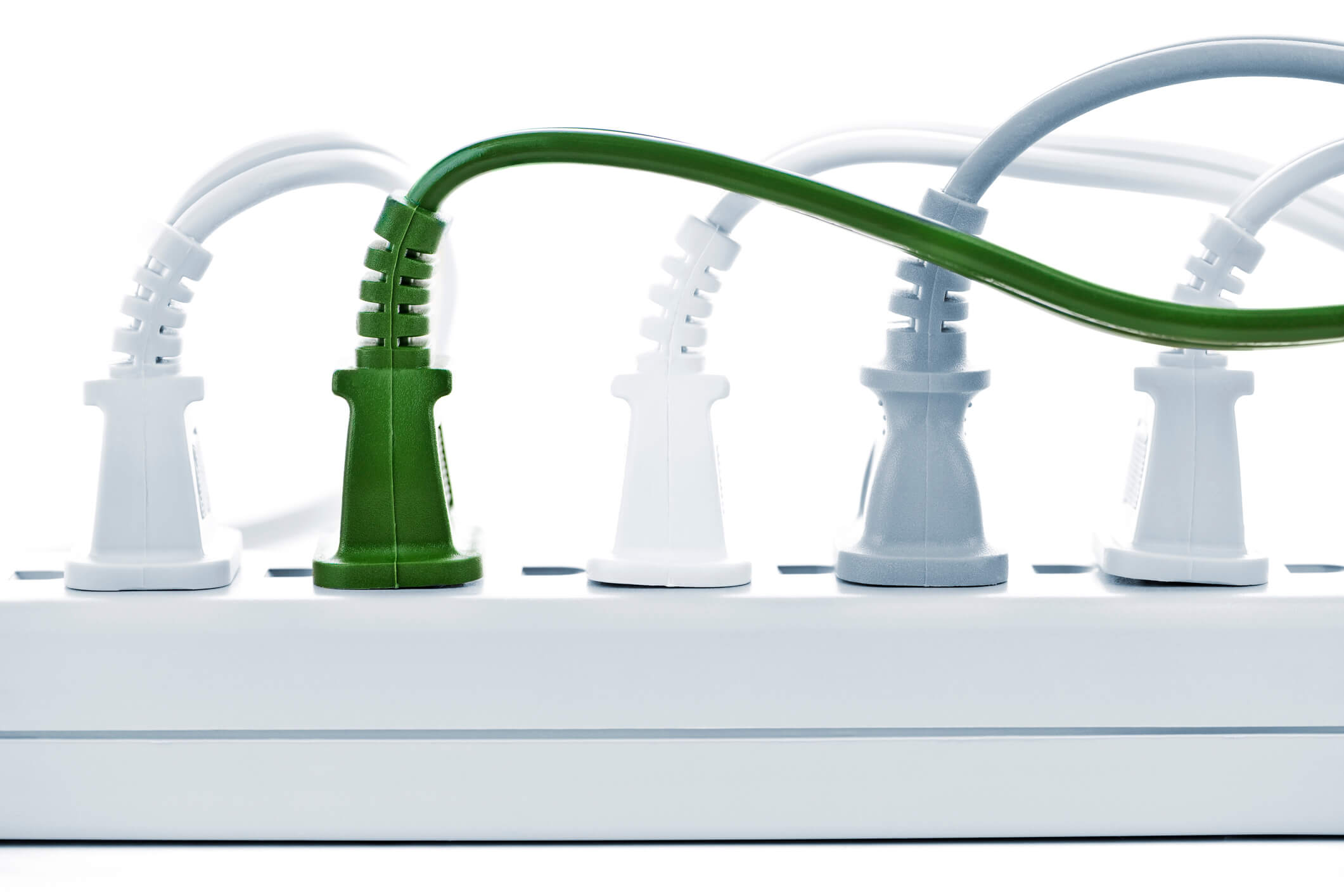

0 thoughts on “How Much Electricity Does Google Home Use?”